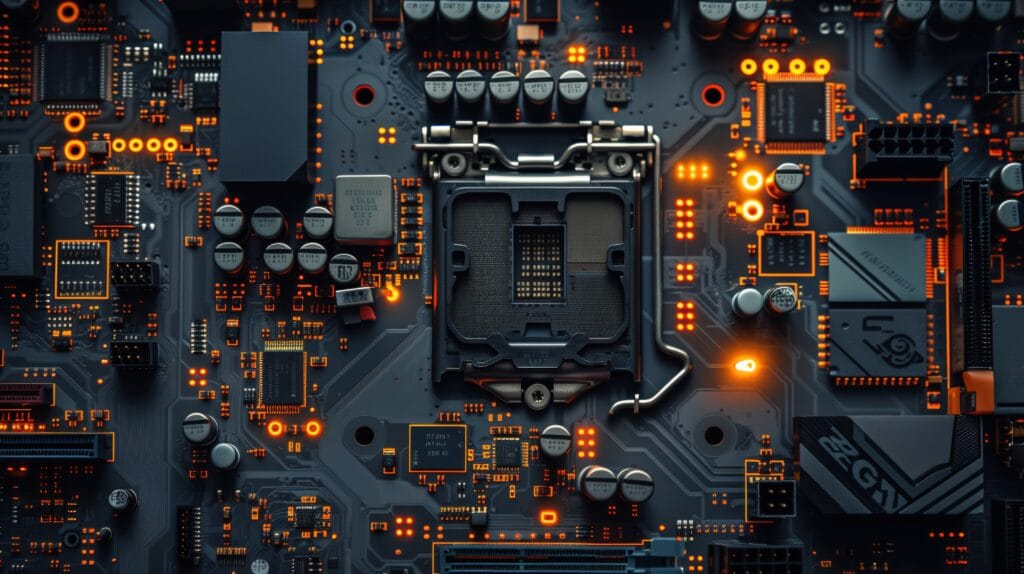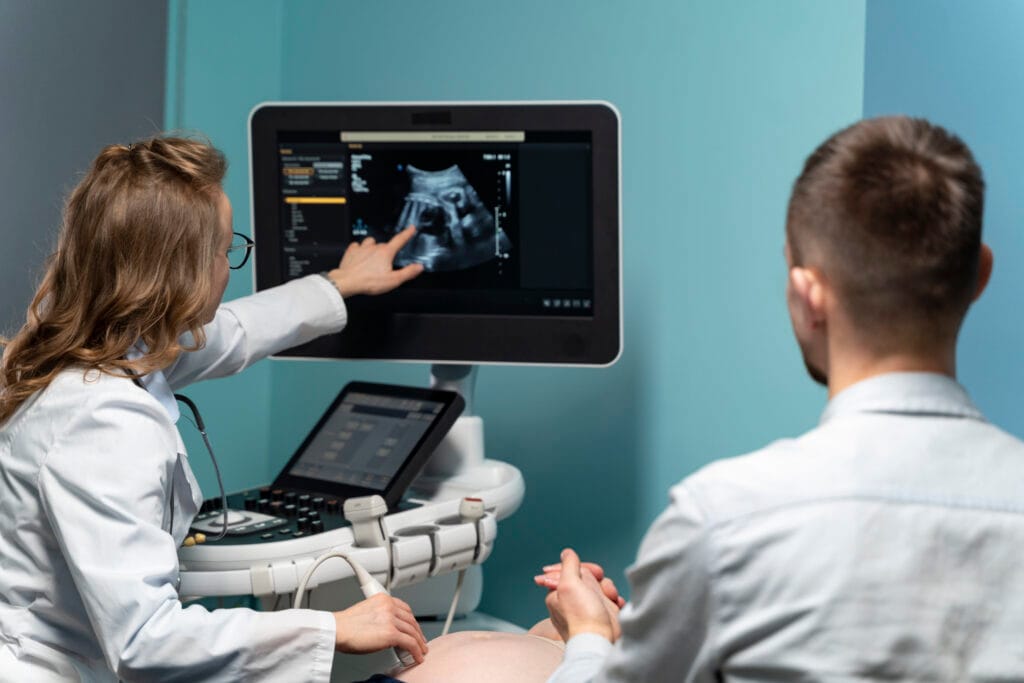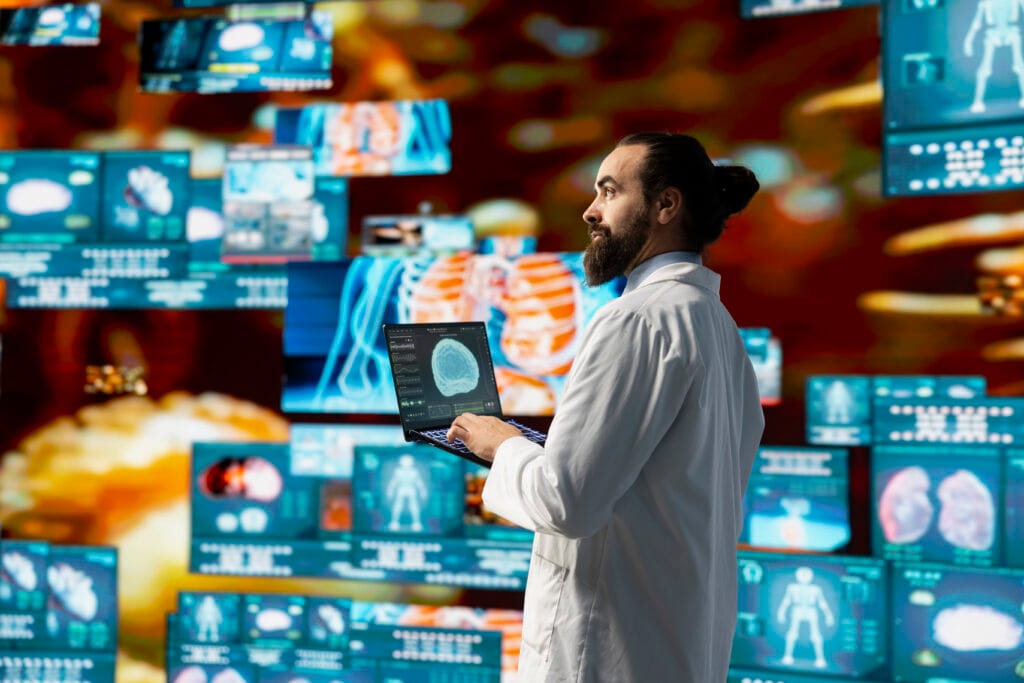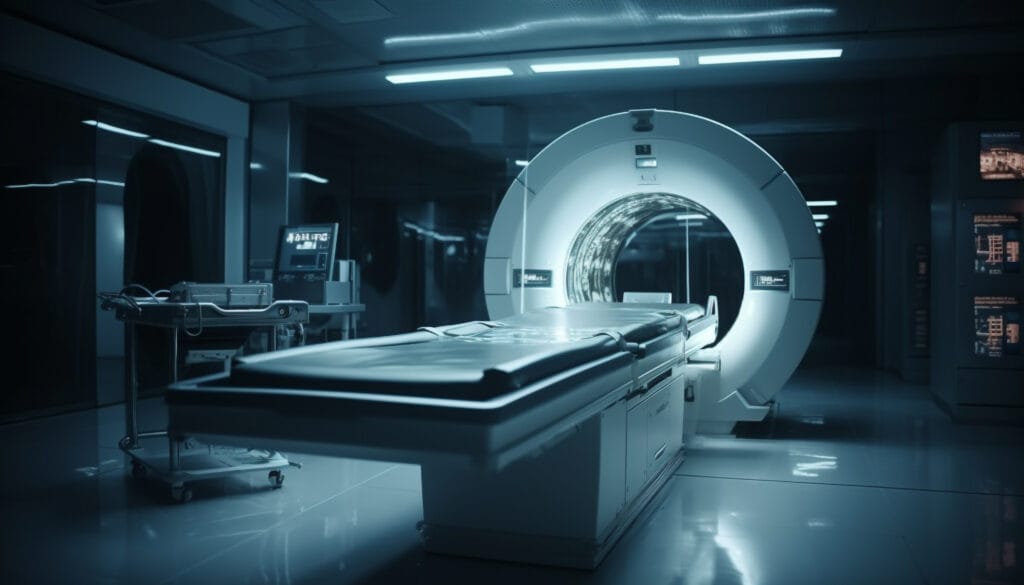Medical imaging is a cornerstone of modern healthcare, providing doctors with critical insights for accurate diagnosis and treatment planning.
As the demand for high quality images and real time analysis grows, traditional processing systems often struggle to keep up.
Field Programmable Gate Arrays are emerging as a powerful solution, offering unparalleled speed and flexibility for medical imaging applications.

What is FPGA Technology?
It is an integrated circuit that can be configured by the end user after manufacturing. Unlike fixed function processors, these can be programmed to perform specific tasks with remarkable parallelism.
This reconfigurable architecture allows developers to create custom data processing pipelines optimized for complex imaging workloads.

Importance of Medical Imaging in Healthcare
Techniques such as Magnetic Resonance Imaging (MRI), Computed Tomography (CT), Ultrasound, and Digital Pathology all rely on advanced methods of image acquisition and analysis to reveal critical insights into the human body.
The efficiency of these systems depends heavily on how quickly and accurately large volumes of imaging data can be reconstructed and processed.
Faster image reconstruction not only improves workflow for radiologists and clinicians but also allows healthcare providers to detect abnormalities at earlier stages, when treatments are often more effective.
By reducing delays between scanning and diagnosis, these innovations ensure timely intervention, improve patient outcomes, and ultimately enhance the overall quality of care delivered in modern healthcare environments.

Why FPGAs Excel in Medical Imaging?
FPGAs offer several advantages that make them ideal for medical imaging systems
Parallel Processing
It can execute many operations simultaneously, reducing latency and increasing throughput for image reconstruction and analysis.
Low Latency
Real time processing is essential during procedures such as interventional radiology or live ultrasound. Its architectures deliver near instantaneous data handling.
Energy Efficiency
Compared to high performance CPUs or GPUs, FPGAs often consume less power while providing similar or superior performance.
Reconfigurability
System designers can update or optimize it’s design without replacing the hardware, ensuring adaptability as imaging techniques evolve.

Key Applications of FPGA Based Medical Imaging
Real Time MRI and CT Processing
It enable rapid reconstruction of three dimensional images, supporting faster scans and reduced waiting times for patients.
Ultrasound Imaging
Real time beamforming and image enhancement benefit from the parallel processing capabilities of FPGAs, resulting in sharper images and improved diagnostic confidence.
Digital Pathology
High resolution slide scanning and automated analysis require massive data throughput, which it handle efficiently.
Portable and Point of Care Devices
Energy efficient FPGAs make it possible to design compact imaging systems for bedside or remote use.

Integration with AI and Machine Learning
Modern medical imaging increasingly leverages artificial intelligence to enhance automated detection, classification, and analysis of complex scans.
FPGAs play a pivotal role in this transformation by accelerating AI models directly at the edge, enabling real-time inference without relying on constant cloud connectivity. This not only reduces latency but also helps address bandwidth constraints in data-heavy environments.
More importantly, edge processing ensures that sensitive patient information remains secure and private. An essential requirement in healthcare.
By combining the speed of hardware acceleration with the intelligence of AI, FPGAs empower medical imaging systems to deliver faster diagnoses, support clinical decision-making, and ultimately improve patient outcomes.

Challenges and Future Outlook
While FPGAs provide outstanding performance for demanding applications, their development traditionally requires specialized expertise and is often more complex than programming standard processors.
This has historically limited adoption outside of highly technical domains. However, recent advances in FPGA design tools, high-level synthesis methods, and the availability of pre-built IP cores are significantly lowering these barriers, enabling faster prototyping and reducing time to market.
In addition, growing support for industry-standard frameworks and AI toolchains is making it easier for developers to integrate FPGAs into existing workflows.
Looking ahead, tighter integration with next-generation sensors, AI-driven algorithms, and edge computing platforms will further expand the role of FPGAs in medical imaging, enabling real-time analysis, enhancing diagnostic accuracy, and opening the door to new, data-driven healthcare innovations.

Conclusion
FPGAs are transforming the landscape of medical imaging by delivering faster diagnostics, efficient processing, and flexibility for evolving healthcare needs.
As medical imaging continues to advance, FPGA based systems will play a pivotal role in enabling rapid and accurate diagnostics, ultimately improving patient care worldwide.


![What is FPGA Introduction to FPGA Basics [2023] computer-chip-dark-background-with-word-intel-it](https://fpgainsights.com/wp-content/uploads/2023/06/computer-chip-dark-background-with-word-intel-it-300x171.jpg)









